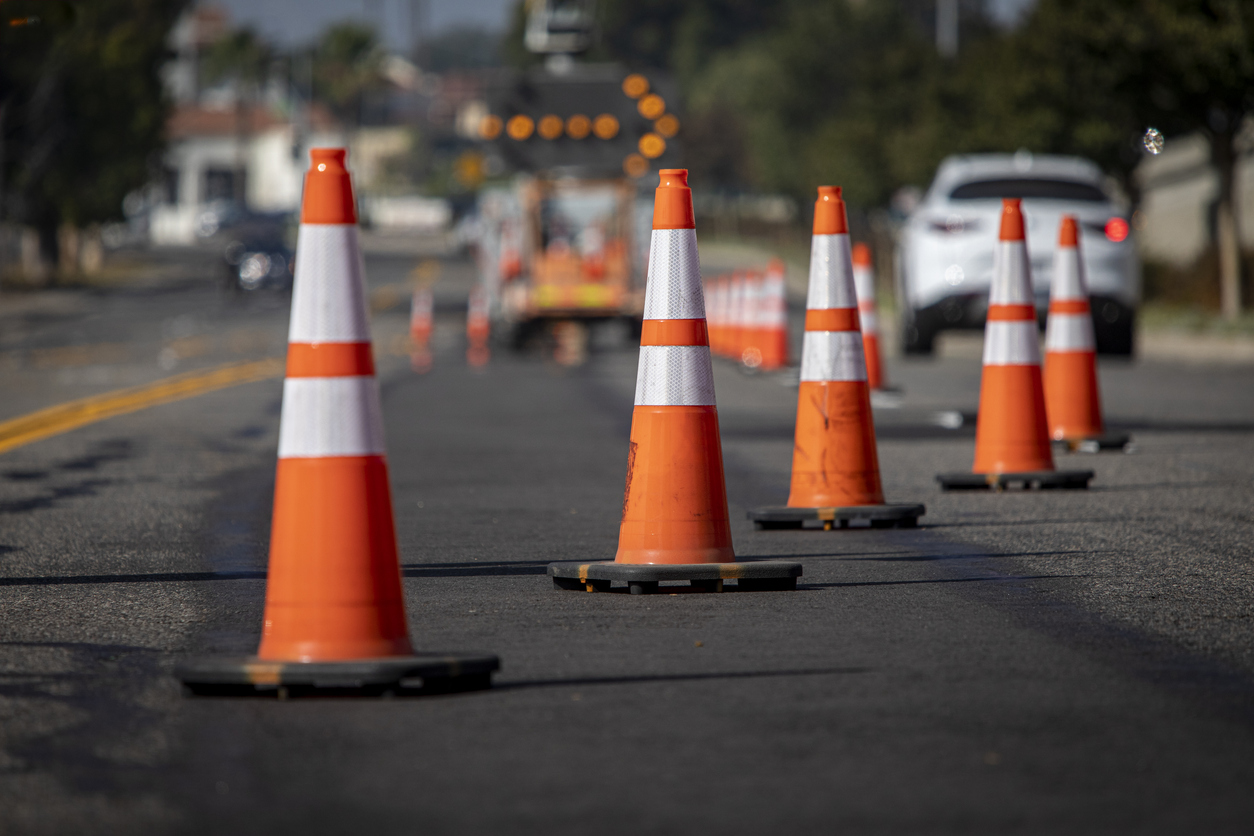Contentious as it is, HB 1015’s speeding camera installation begins. The installation is a part of the Indiana General Assembly’s pilot program for highway work zone improvements. The cameras will be installed in four separate work zones and will be operational in late summer or early fall.
The cameras will enable law enforcement to issue speeding tickets to drivers going at least 11 miles per hour over the speed limit when workers are present. The first offense will result in a warning, the second will result in a $75 fine, and every offense after that a $150 fine.
While the cameras have their supporters, not everyone agrees that this is a good use of technology. Among the detractors is Sen. Aaron Freeman (R) of Indianapolis, who instead favors a different plan to stop speeding motorists. “Let’s park [the police] in these construction zones and let’s have them patrol the highways of Indiana more than they’re doing,” he suggests.
Meanwhile, Sen. Blake Doriot (R) of Goshen expresses his support for the installation while deriding the “boogeymen” opposition. “This is about saving lives . . . it’s not about Big Brother watching you,” he chides.
The Indiana Department of Transportation (INDOT) reports that other states that have attempted similar installations have taken between 12 and 18 months to complete the work and that INDOT is “working through that now.” That process includes hiring personnel to administer the cameras, contracting with outside vendors, and selecting sites where the cameras will be useful. INDOT clarifies that crash data, average speeds, and traffic volume will be aspects under consideration when choosing locations.
Further considering interstate safety, INDOT also implements “ramp meters” on the south side of Indy as part of their I-465 Southeast Transportation Systems Management Operations, costing them approximately $9 million. Once installed, they’ll be active during peak traffic or if there is a crash. Sensors will help drivers see when they can merge, with a light cycling between red and green to indicate this. In a scenario where the ramp becomes full while the meter is in use, the light will adapt to traffic conditions and increase merge rates. INDOT currently expects the ramp meter to be live on I-465 on May 6.

